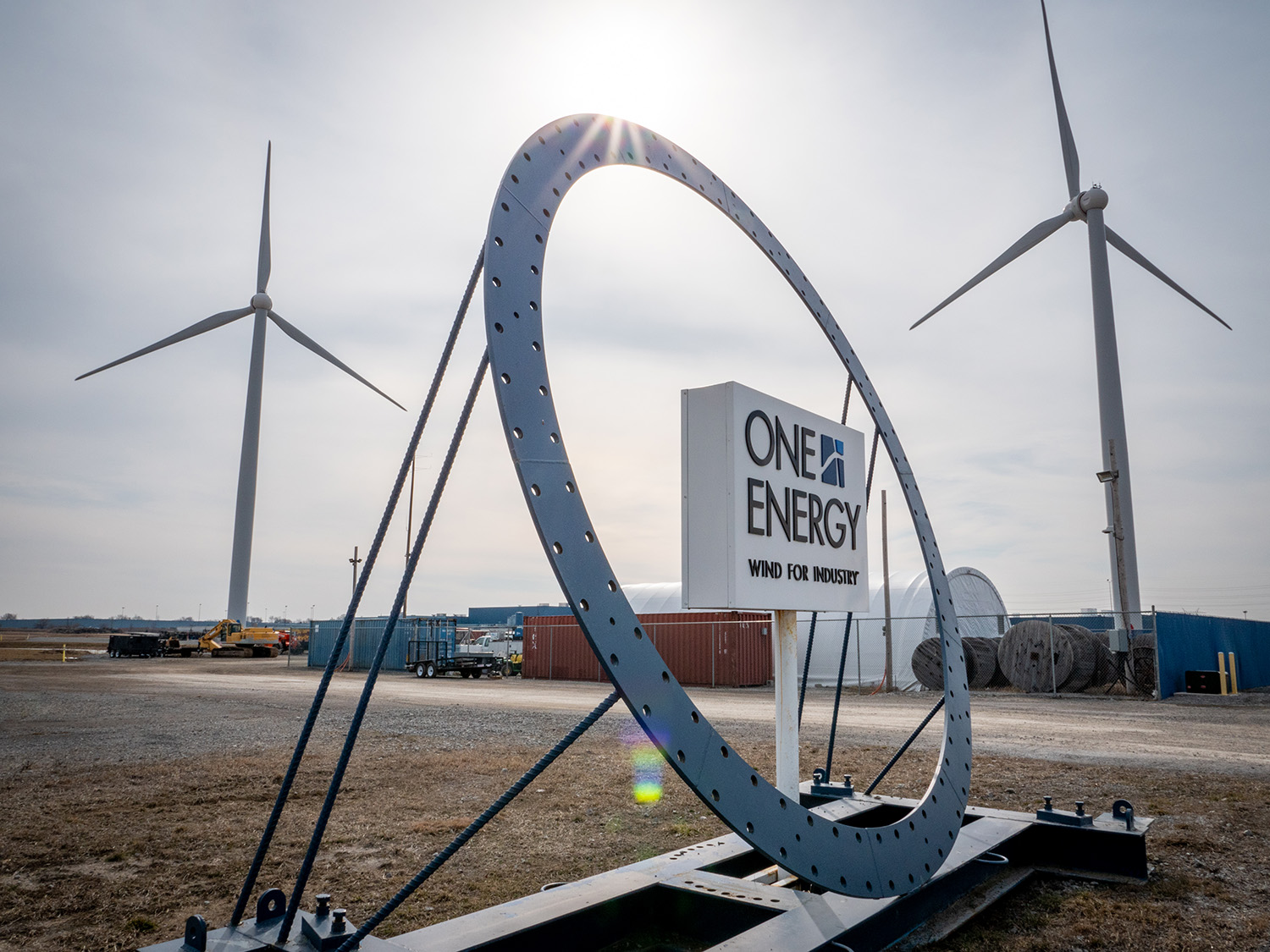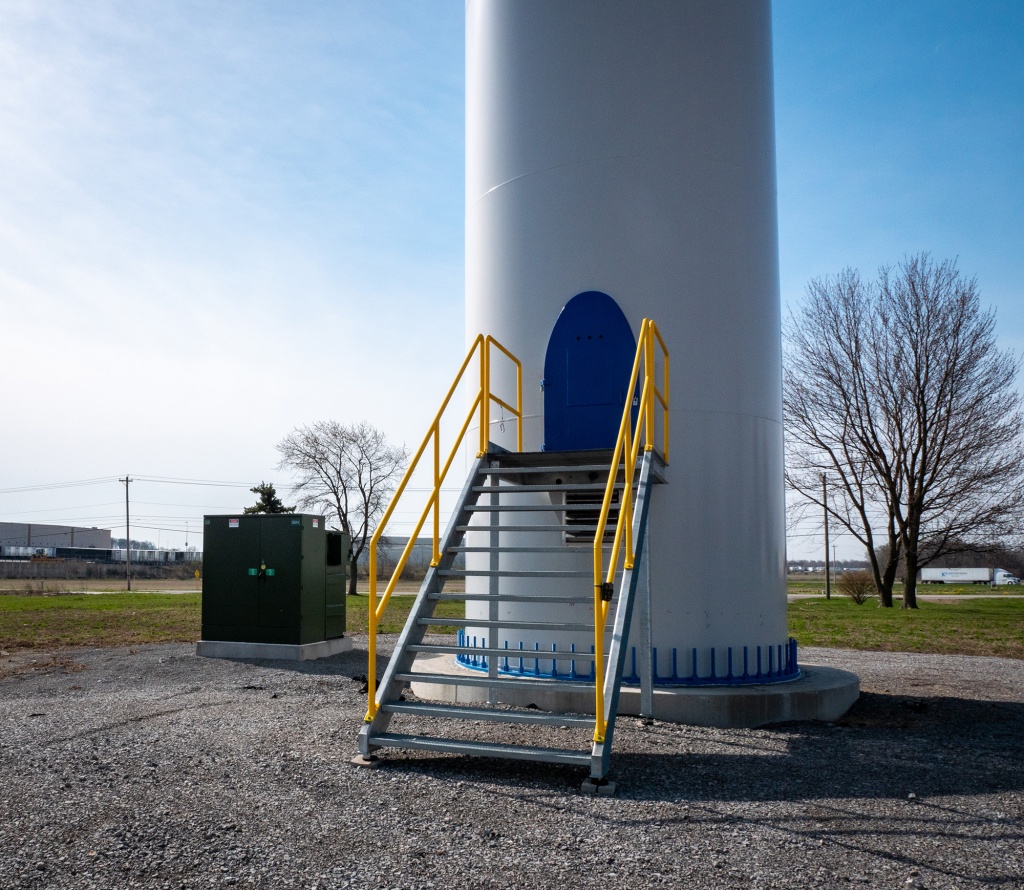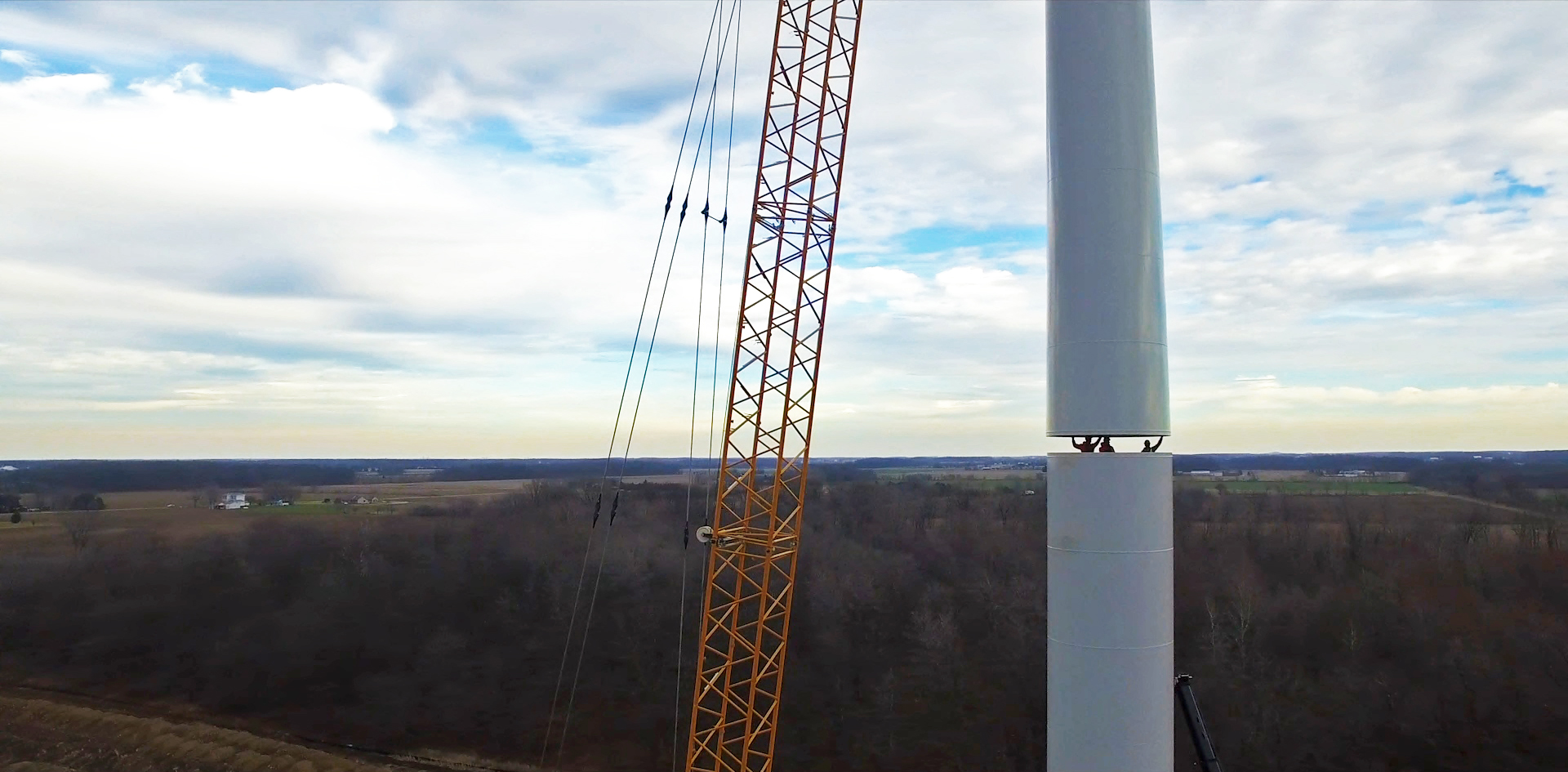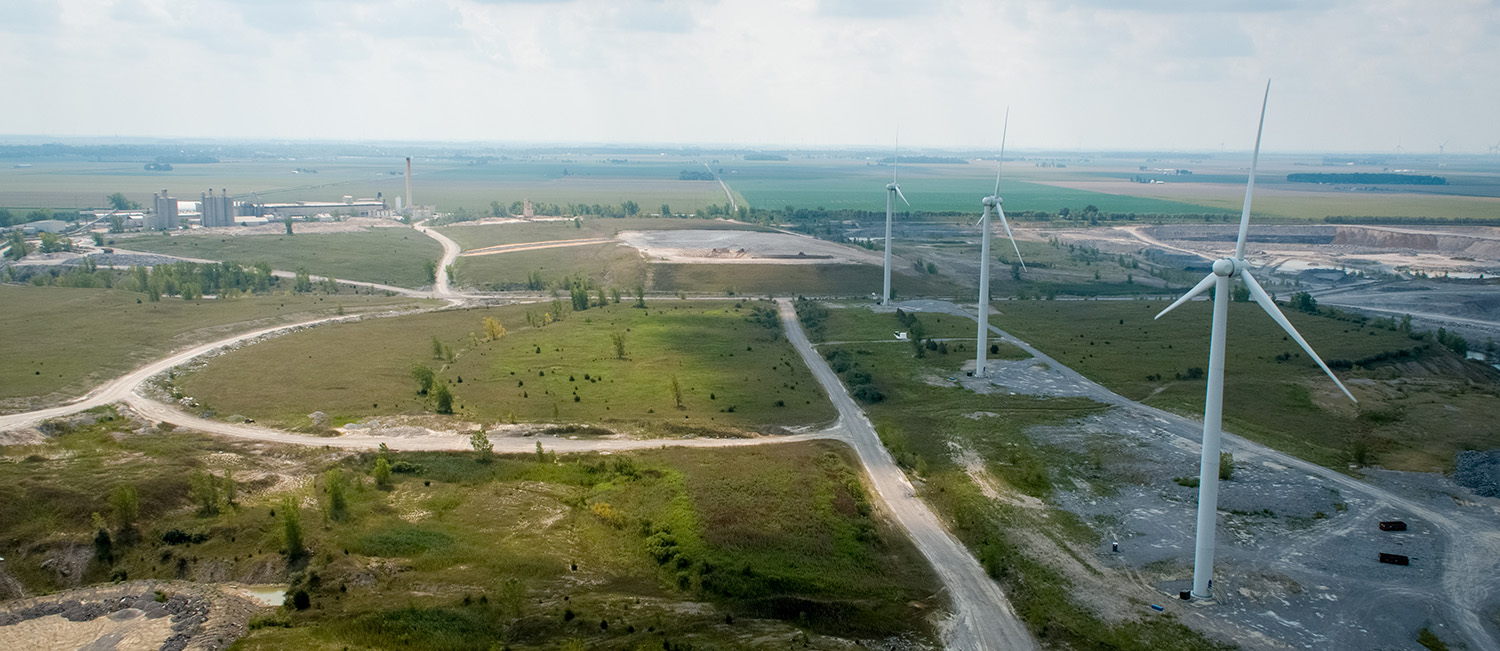SITE PATH
ONE POWER FEED

SUBSCRIBE
CONNECT WITH US
News Filters

Interviewing for a job takes special talent; showing off your technical know-how while also highlighting your personality can take years to master. So much so, that interviewing often feels one-sided, like you are trying to impress someone. It can feel like trying to come home with the offer, rather than with a job that is a bi-directional “good fit.”
I spent many years interviewing with the mentality that I could fit in with any company, so long as I got the job. Thankfully, I discovered a question that has helped me shape my new process.
My sophomore year of college, I interviewed at an energy company and had a positive experience. I asked good questions, answered theirs professionally, completed hours of research, and was genuinely interested in the job. On my way out of the interview, a member of the interview panel walked with me to the door. We started to say goodbye and it dawned on me that I had one more question. As I was shaking his hand, “Do you enjoy your job?” rolled off my tongue.
He appeared surprised after I asked him, and I quickly realized by his response that it was not a job I should pursue any further. He elaborated on aspects of the job that were not glorified by the interviewers enticing me to the role, including his lack of growth at the company and his overall well-being and feeling of contribution. These were all notes I took to heart and felt a connection to. His body language, answer, and candor helped me understand that interviewing is two-sided. I needed to figure out how to incorporate my needs with the job-search process.
After that interview, I made a substantial change in my process. I needed to ensure I was being honest and forthright with what I wanted to do with my life. This would require a significantly more candid interview.
With time, new perspective, and having been on the other side of the job interview process for years now, I’ve learned a few things. To have a candid interview, I can now confirm that the following items must be included in my interview process:
- A one-on-one interview with my potential direct supervisor
- A one-on-one interview with a potential peer
- A list of questions to ask the peer, regarding the items that matter most to me (relocation, work/life balance, working hours, growth potential, technical expectations, etc.)
- A list of management-style questions for my direct supervisor (working with a manager that you struggle with can be extremely tiresome, so spend some time here)
- A list of questions about the job itself and the company as a whole
- A panel interview, to get a feel for how my potential coworkers interact as a group
This list ensures that I am doing research ahead of my interview and that when I get the chance to ask my questions, I will be able to receive honest answers. The key is to write questions that matter to you, because it also gives your interviewer a chance to see what you find most important.
Someone once told me that if you stop interviewing, you will stop growing. I frequently interview -even when I am happily employed – because it helps me understand my worth and what the market outside of my bubble looks like. More often than not, it boosts my morale at my current job because I realize I have such an invigorating role. It is healthy to interview and generally has provided me with perspective regarding the wonderful opportunities I have been afforded.
Never feel selfish for searching for the perfect opportunity for your own well-being. Just be sure your interview process reflects what you want and need.
Chelsea Bumb is the Head of Construction at One Energy.

We hope you’re not too TIED UP to watch today’s episode of Technician Talks!
To continue our series on tying knots, Justin takes us through two more very important types: the alpine butterfly and the square knot. This step-by-step tutorial explains the benefits of both and provides examples of how One Energy technicians use each type of knot Check out the video below (and make sure you catch our talks on Figure 8 and Bowline knots as well!)
Technician Talks can also be found on our LinkedIn, Facebook, and Twitter feeds– and be sure to subscribe to our You Tube channel for more One Energy content!

The sign pictured below sits right outside One Energy’s headquarters and welcomes all our guests to the office.
In a previous Wind View, we showed you the North Findlay Wind Campus and discussed how we incorporated some turbine elements into our office. Well, it doesn’t stop with the building – we are surrounded by our work!
For example, this custom-made sign was constructed with a Wind for Industry project component! The big blue circular structure surrounding our logo is called an embedment ring, and it’s used in the foundation of our wind turbines.
This sign is just another opportunity for us to tell our story with our work!


Ever notice the metal cylinder on the utility pole near your house? That’s called a transformer!
Transformers are used to lower the voltage of the power that comes from the electric grid (in this case, so that the electricity can be used in your house).
At One Energy, we also use transformers, but the industrial plants that One Energy helps power require a much higher voltage than a house. To supply this high voltage to our consumers, we must increase the voltage using a step-up transformer.
These rectangular transformers are much bigger than the ones found on the utility poles near your house (as you can see in the picture below), and we use them to step up the voltage of the wind turbine to the grid voltage.
Transformers use two coils of wire and the principle of electromagnetic induction to change the voltage. The coils are wrapped around the same core, but each coil has a different number of loops (called turns) that create the change in voltage.
Today’s Wind Study homework questions use the Turns Ratio to determine the correlation between the number of turns in each of the coils and the change in voltage the transformer produces.
Download the questions to learn more! And be sure to share this educational series on Facebook and Twitter!


This week, we asked you to help us with wind turbine siting by determining the relationship between wind speed and hub height, and by solving a “Wind Profile Power Law” calculation.
Your homework was to complete some graphing and equations – the same ones we use at One Energy when deciding where to install wind turbines!
🔗 Find out if you got it right by reviewing the answers, linked here.
And get ready for next week’s Wind Study problem, publishing this coming Monday!
Remember to share this educational series on Facebook and Twitter!


Here at One Energy, our wind turbine towers are erected in four separate sections: base, lower mid, upper mid, and top. The base is secured to the foundation using 120 anchor bolts and the next three sections are stacked and connected using a total of 358 bolts.
Today’s Wind View shows the top tower section being lowered into position above the upper mid by a crane. If you look closely, you can see two technicians waiting to guide and securely bolt the sections together. After the top is secured to the rest of the tower, we can continue the construction process.


To apply for an entry-level engineering job at One Energy, we require applicants to answer a couple questions. One is a very technical question, the other is a more philosophical one. For the latter, we usually come up with an open-ended problem and ask them to provide out-of-the-box solutions that just might be crazy enough to work.
I thoroughly enjoy reading the answers that these applicants (typically current students or recent graduates) come up with. I’ve read that the static electricity from cat fur could be the next renewable energy, that potatoes could help power our electric grid, and that backpacks that store cow farts could help reduce global warming. These wild ideas come from the world of academia, where anything is possible.
Before I joined the private sector, I was in graduate school, where I witnessed plenty of unbridled minds as both a teacher and student myself. I watched students think obscurely and take time to imagine the ‘what ifs’ without fear of failure or the restrictions of reality. These ideas are so important, yet when I joined private industry, I learned very quickly that these ideas are largely ignored.
There has always been a disconnect between the world of academia and the world of private industry. Recently it has felt like that disconnect has been growing exponentially. It seems like the amazing research that is being done in our learning institutions is getting further and further from making its way into our homes. I’ve witnessed the impact this has had on the wind industry. The immovable wall that is “industry standard.” The inability to adapt quickly when new research comes out. The refusal to share data.
I believe the disconnect comes down to two things: academia’s failure to consider real world application, and industry’s failure to provide the context and information necessary to solve the most immediate problems.
Academia can go down rabbit holes. They tend to spend too much time trying to find the optimum solution instead of the solution that is needed and can be implemented. Academia needs to ask the simple questions of: “why?” and “how?” Why is the research needed? Why is this a problem that needs to be solved? And how will the solution be implemented? How will this be used in real life? They need to take their wild ideas and scale them to fit the real problem.
But if academia needs to be asking more questions, they need someone to respond. Private industry has not made itself accessible enough to the students and professors trying to solve problems. Far too often, research conducted on a campus has the ability to move entire industries forward, but is left collecting dust on a shelf. There is not enough collaboration between academia and industry, but there is also not enough collaboration within the industry itself.
It’s no secret that private industry does not like to share information, even if that information may benefit everyone. Fear of falling behind a competitor has sometimes led to the industry falling behind its potential. That fear has also had the side effect of widening the gap between the thinkers and the doers.
We, as an entire scientific community must be more open book. We need to share more often and more proactively. Academia needs to understand what the private industry needs, and the private industry needs to recognize the importance of academia’s ingenuity.
Open book in the scientific community starts with having conversations. Just last week I spent time talking to the National Renewable Energy Laboratory about how they could focus their research to best suit industry needs. At One Energy, I push my team to be overly available to research groups. We spend months helping students with their engineering capstone projects. We utilize the latest academic research to continuously make our methods better. We share data when most other industry players would not. We make our software open source so other brilliant minds can weigh in to make it better. We talk about transparency and we also live it. And transparency doesn’t just mean within our own company – it means across the entire wind energy community. If we’re going to solve the next big problem in the industry, we have to help the academics trying to help us. If we don’t, our industry will fail to meet its potential.
Jessica Grosso is the Head of Project Planning and Technology at One Energy.

Understanding wind speed is a crucial part of turbine siting – that is, determining where a turbine will be geographically placed for a wind energy project.
Wind speed on the ground or surface level is often different than the wind speed at “hub height” – the height at a given turbine model’s hub. (Remember that the hub is the component that holds together the turbine’s blades.)
In this week’s wind study, we’re exploring the relationship between wind speed and height, as well as the “Wind Profile Power Law,” using graphing and equations. 🔗Download the questions here and check back Friday for the answers!
Remember to share this educational series on Facebook and Twitter!


Opposites attract – at least when it comes to magnetic metals!
In today’s Science Short, Mitchel explains one of science’s mystifying concepts: magnets!
Watch to learn how tiny particles within some objects create a force of attraction – and why your refrigerator magnets can only hold up so many A+ tests at a time.
If you find that you’re attracted to educational videos, be sure to subscribe to our YouTube channel so you don’t miss any future Science Shorts! And share on Facebook and Instagram!

This week’s #WindStudy was all about electricity and magnetism – let’s see how you did!
🔗Download today’s homework answers here. (If you missed this week’s questions, you can find them here!)
If you’re wondering “what’s this got to do with wind energy?” – remember that some turbines (including those installed by One Energy) utilize permanent magnet direct drive generators – like the one being lifted by a crane in the photo below!

As always, you can find (and share!) this educational series on Facebook and Twitter!



